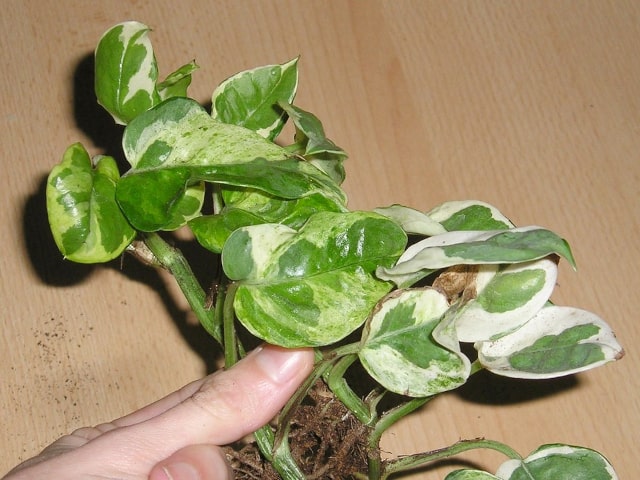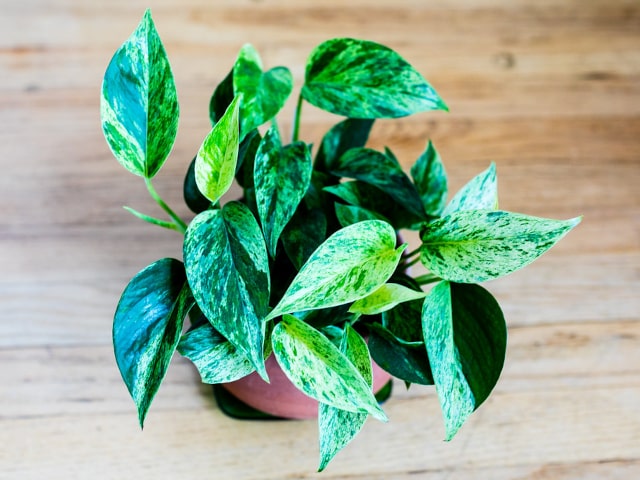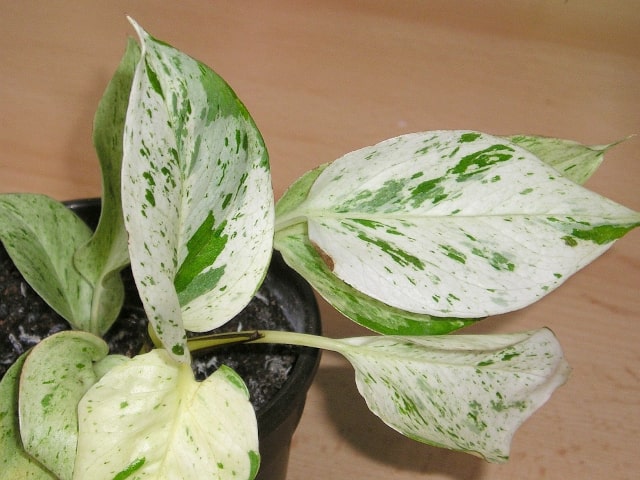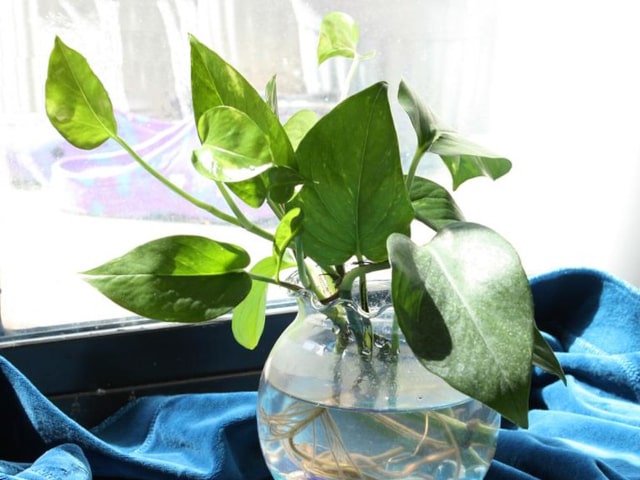
Photos plants are amazing vines that you can grow inside of your home. They provide beautiful foliage and can be used to purify air. Most people choose to grow their Pothos vines in a container.
It happens from time to time that your Pothos vine outgrows the container. When this happens the best thing to do is to repot your plant.
Repotting a Pothos Vine
Once a Pothos plant out-grows its container it is a good time to repot it. The best time to do this is in the spring. In fact, it is best to wait until spring to repot your plant even if you notice that it's outgrowing its container before the spring.
When repotting a Pothos plant, it is very important not to disturb the pole. The pole is very important because this is what the plant uses to climb and it attaches itself onto the pole. This is why it is so important to take care of the pole when repotting your vine.
Carefully, remove the plant from its container and replant it in a bigger one. It is also important to pay attention to the type of the soil you use. It is best to replant your Pothos vine in a well-drained, rich commercial potting mix.
Another thing you may notice during repotting is that the plant has outgrown the pole. In this case, it is possible to extend the pole so your plant has enough room to climb. However, in this situation it is best not to try to remove the old pole. This will damage the air roots that are attached to it. Instead, simply attach the taller pole to the side or on top of the existing one so the plant can climb further.
Cutting Back Your Pothos Vine
Keep in mind that you may need to cut back your Pothos vine during repotting. You may actually cut back at any time and not just during repotting. This is particularly important to do if you notice that your vine is becoming leggy or if the foliage size starts to decrease.
When cutting, make sure to cut just above a leaf node. This will encourage your vine to branch out. Keep in mind that Pothos vines often get attacked by scale insects and mites. Occasionally, they can get attached by mealy bugs. If this infestation happens you may be forced to cut back a lot in order to get rid of the insects.
Photo credit: Maja Dumat



0 Comments